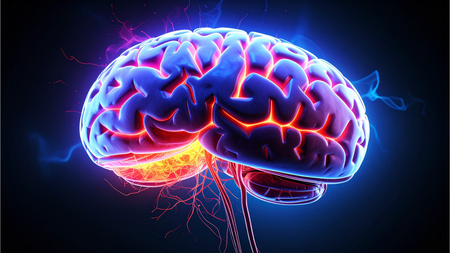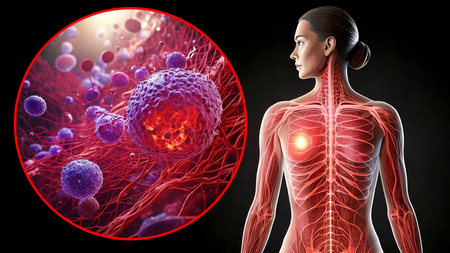
New Delhi, Feb 21 (IANS) Using less polluting inhaled anaesthetic agents, referred to as greener anaesthesia, may help reduce harmful emissions by 50 per cent in one year without impacting patient safety or outcomes, according to a study, published in the journal Lancet Planetary Health, on Friday.
The healthcare sector contributes significantly to overall carbon emissions via hospital waste, single-use plastics, transportation, and food service.
About 3 per cent of these hospital-related emissions stem from inhaled agents used during anaesthesia, said the team from the University of Michigan, who urged to replace them with greener options.
“Inhaled anaesthetics is a natural area to pursue reductions in emissions because, as greenhouse gases, they are so disproportionately bad for the environment,” said Douglas Colquhoun, Assistant Professor of anaesthesiology at the Michigan Medical School.
“We’ve shown that small changes in our practice lead to big changes for the environment and, importantly, no changes for the patients,” he added.
The study compared the output of carbon dioxide (CO2) equivalents, traditionally used to measure the effect of greenhouse gases on the environment, as well as the amount of anaesthetic used. They also analysed patient outcomes such as post-surgery nausea and vomiting, pain scores, unintended awareness, and recall of the surgery.
Separately, the researchers encouraged providers to reduce the use of nitrous oxide (which is 270 times more potent than carbon dioxide at warming the environment), as well as increase the use of sevoflurane — the least environmentally harmful ether — instead of isoflurane.
These changes were associated with an average decrease of more than 14 kg per case in CO2 equivalents.
There were no changes were found in the measured depth of anaesthesia, pain scores, or postoperative nausea and vomiting, the team said.
–IANS
rvt/




